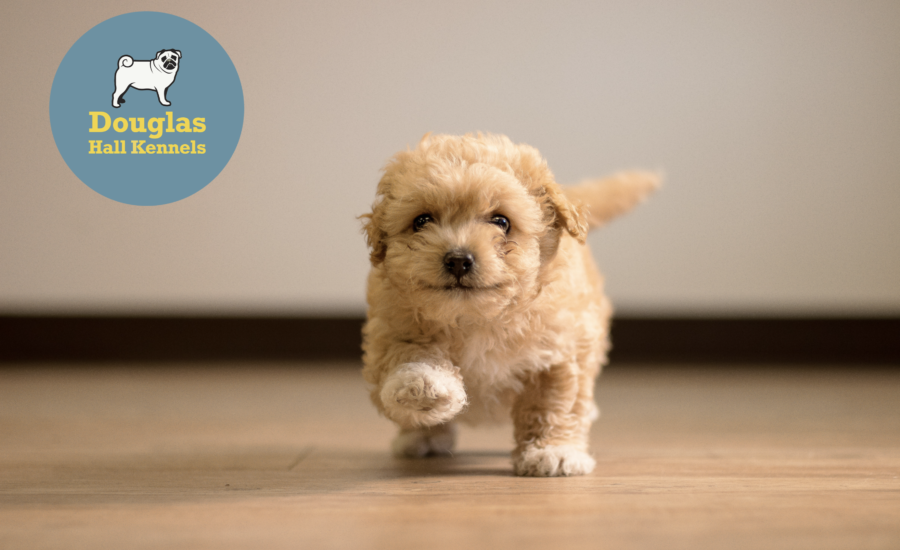While it may seem like the most natural thing in the world, not every puppy will automatically understand how to go on a walk. In fact, for some, it can be a strange and scary experience that leaves them feeling uncertain and anxious. Being bombarded with lots of new smells, sights and sounds all at once at such a young age can be a lot to take in. While most of us are keen to take our precious pooch out into the great outdoors and show them off to the world straight away, it’s important to get things right from the start.
Why are walks important?
Not only do most dogs learn to love their ‘walkies’, they provide an opportunity to burn off some steam, get some fresh air, socialise with other dogs and people and of course, to have some fun! Dogs who don’t get enough walks often become frustrated and bored and may even develop behavioural issues within the home. For many dog owners, time spent walking is one of their favourite ways to bond with their pet.
What are the initial steps of taking my puppy on their first walk?
Rather than clipping a lead onto their collar and walking out the door, we should prepare our young pets with a little groundwork. First, teach them that the lead or harness is a good thing. Heap lots of praise on the pup when they put it on and perhaps rewarding them with a yummy treat or two. This should be done within the home rather than outside. Initially, leave it on for a few seconds. Then, over time, gradually build on the amount of time it stays on. If at any time the pup becomes anxious, take it off straight away. Once well tolerated, do the same thing in the garden so they can be used to wearing the lead outside. Do several ‘practice’ walks in the garden, lavishing your little one with lots of encouragement.
What should I bring on the first walk?
As well as a sturdy lead that provides plenty of control (avoid extendable or ‘flexi’ leads initially), owners should bring along lots of treats and a few poo bags. For the first walk in particular, you really can’t give enough treats and praise. This allows the dog to understand that walks are something to look forward to. You may find that the pup is straining on the lead or walking in between your legs. This is only to be expected at first.
Setting the Scene
Be sure that the first walk is in a quiet area at a time of the day that is not too busy (for example, with school kids rushing home). Take things very slowly, always at the pup’s pace. The first walk will likely only last a few minutes; short and sweet is the key to success. A long walk may cause distress and a puppy will quickly become over-tired. Try to read their body language, removing them from the situation if they seem to be overwhelmed.
How often should we go for walks?
Pups expend a lot of their energy within the home, playing about and generally creating mayhem. They do not need a whole lot of exercise during their first few weeks at home. Walks should be seen as a time to safely sniff and explore, rather than simply getting from A to B quickly. Most agree that a couple of walks a day is a good habit to get in to. Puppies can generally cope with five minutes of walking for every month of their age (which equates to a 15-minute walk for a three-month-old).
Is there a danger of walking too much?
Over-exercising can be damaging to developing joints during the first year of life. This is particularly true for large breed dogs. Regular walks are advised but we should avoid long jogs or runs until they are older.
What age can I bring my little one to the park?
Parks can pose quite a few risks to young pups. This is because they usually contain long grass, bodies of water and plenty of other animals. Due to this, it is essential that our pups are fully vaccinated and up to date with their parasite prevention before entering. For most, this is over 12 weeks of age.

